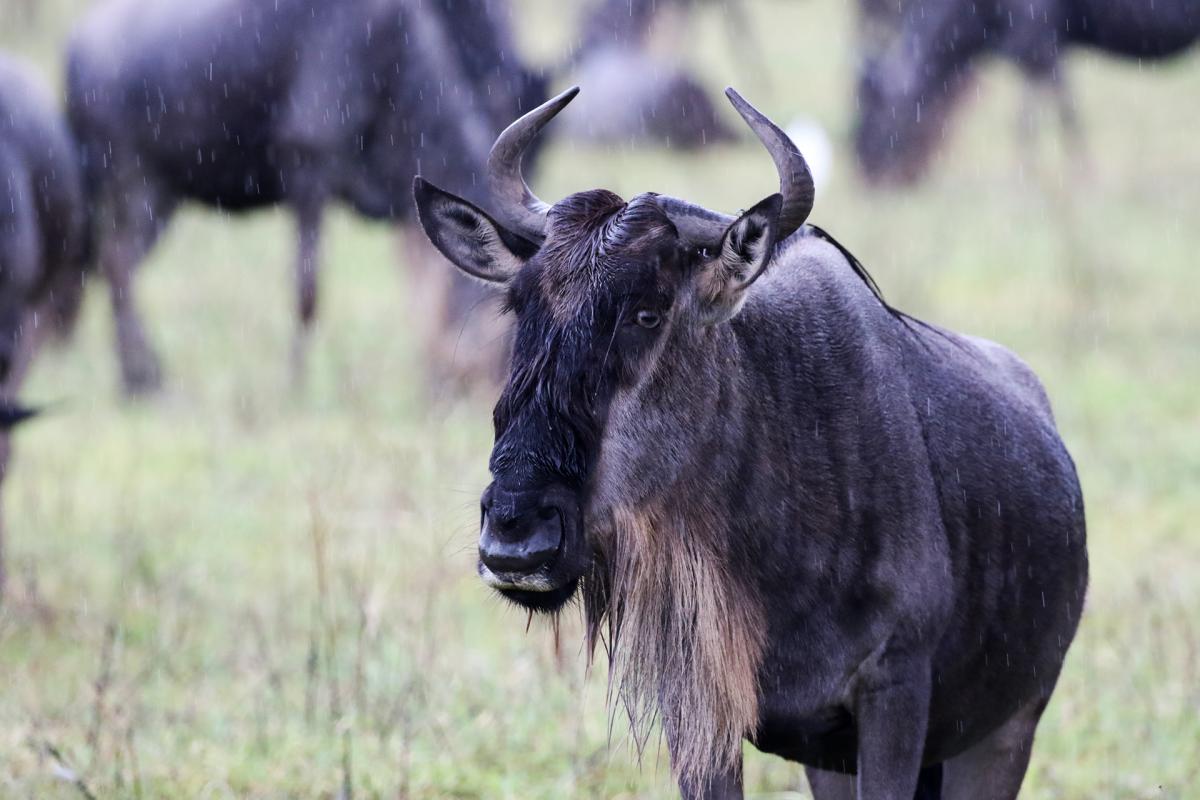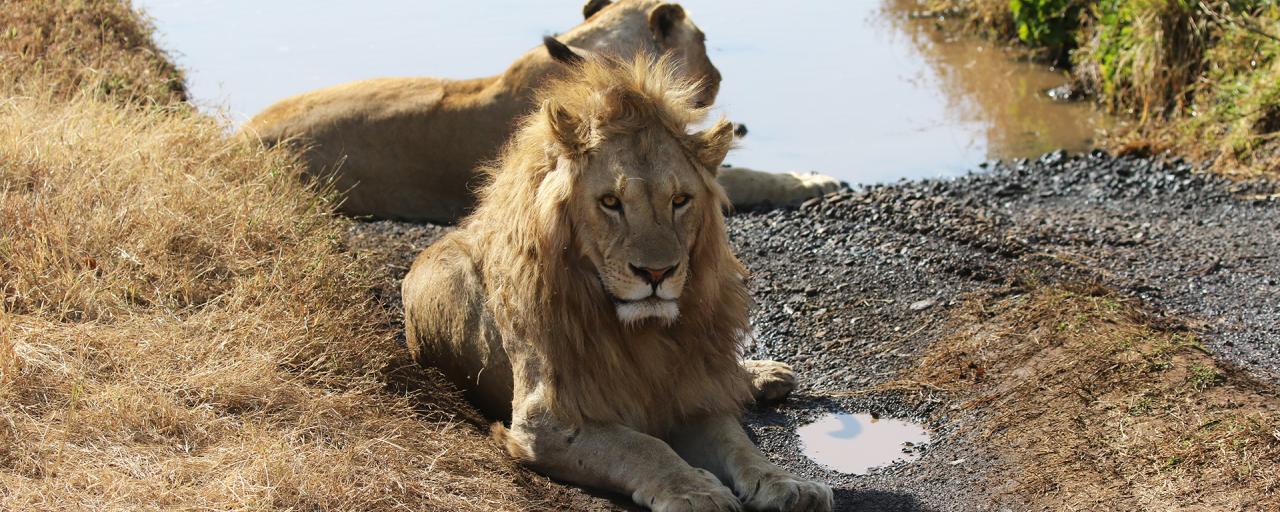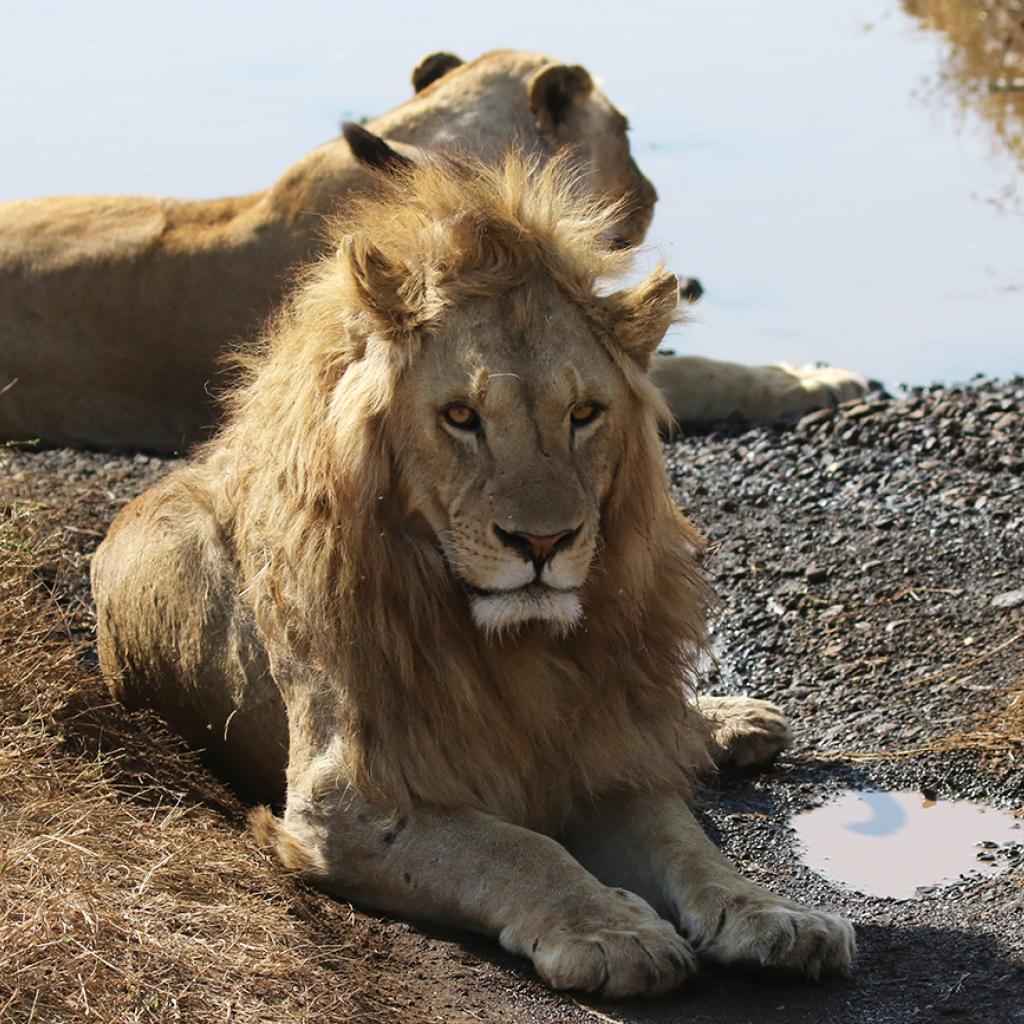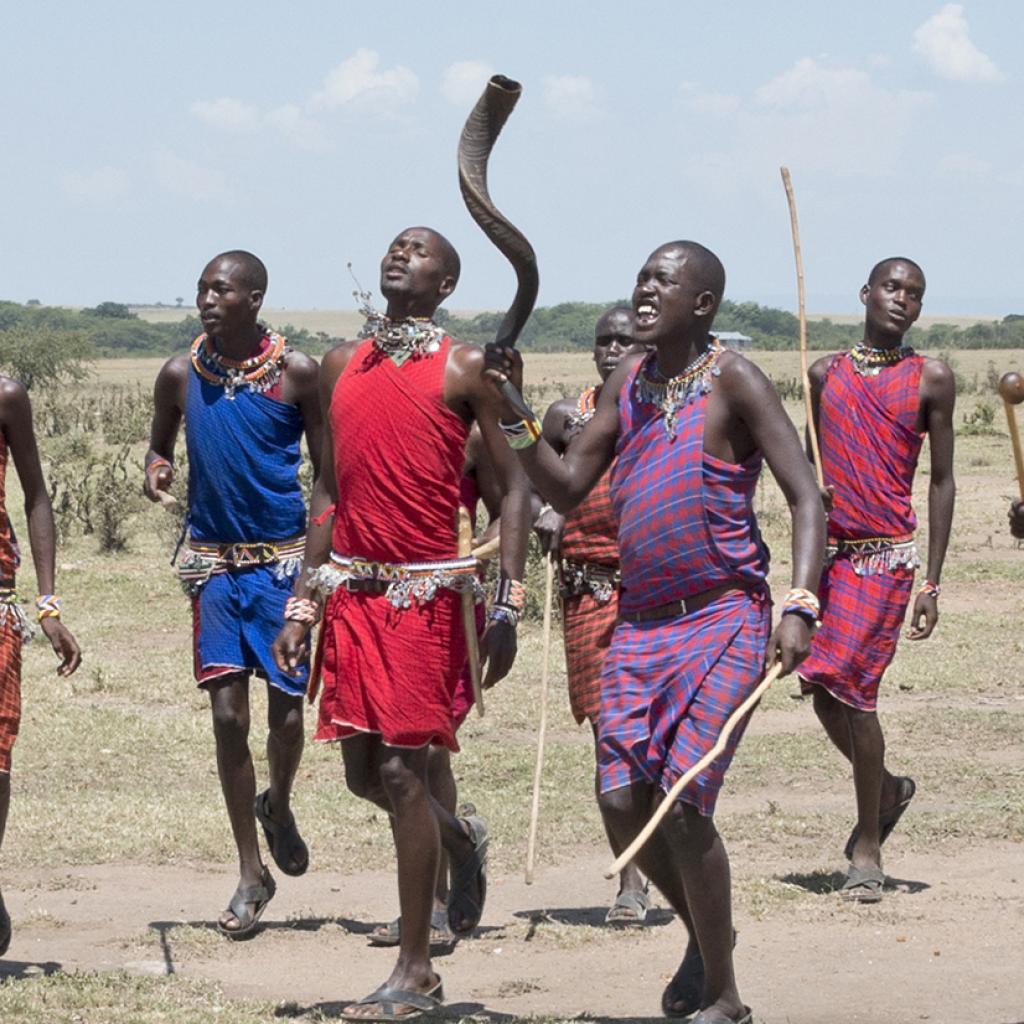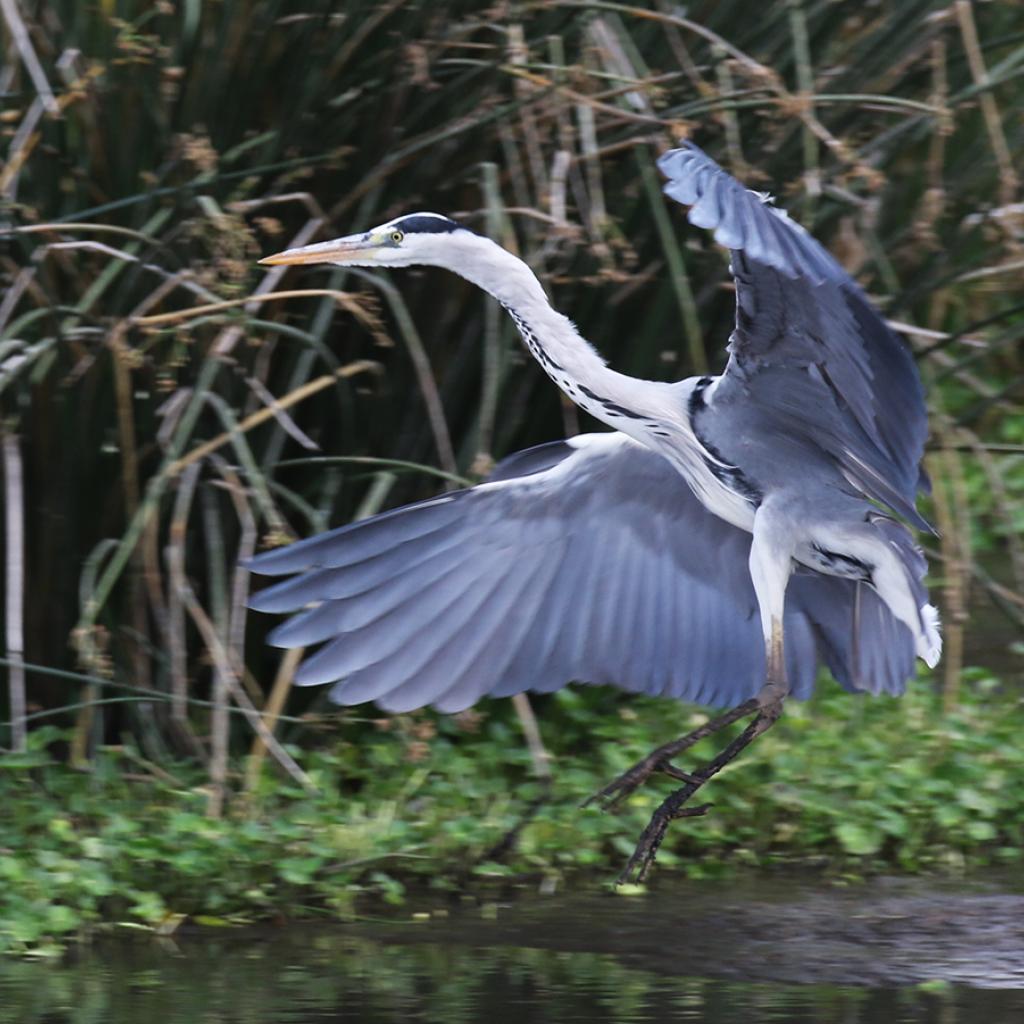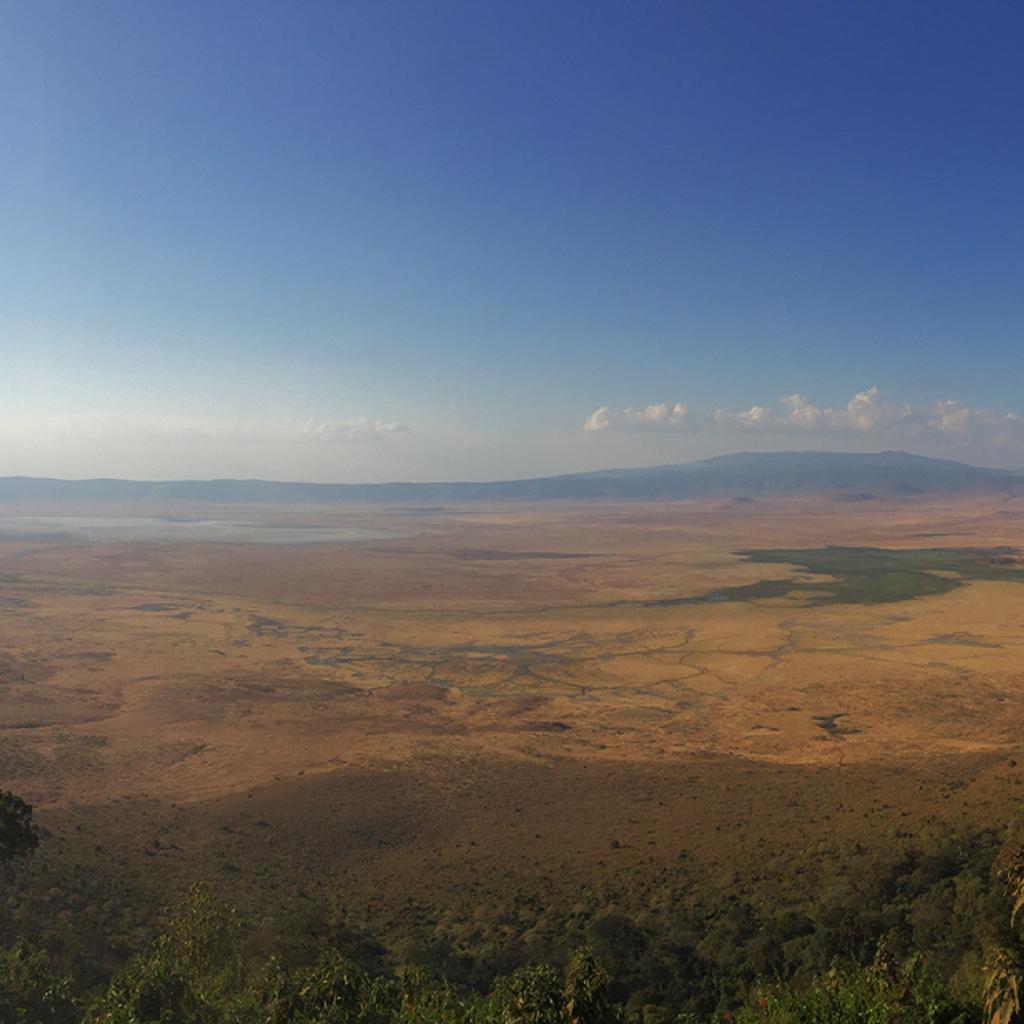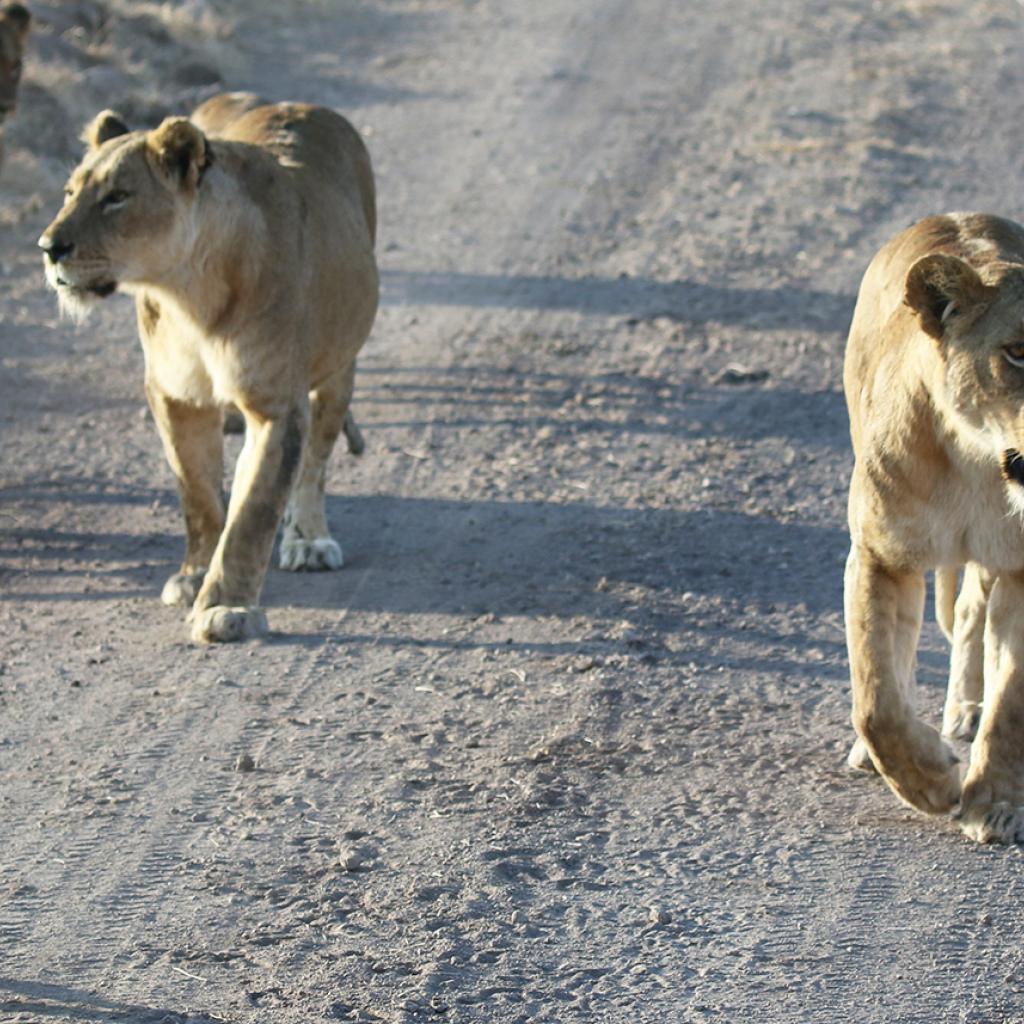The Ngorongoro Conservation Area covers a surface of 8,300 km2 in Northern Tanzania, to the East of the Serengeti National Park and to the West of the cliffs of the Great Rift Valley.
In addition to the famous Ngorongoro Crater, this area encompasses hidden treasures that deserve to be discovered, such as the two craters of Olmoti and Empakai in the Eastern highlands, or the Olduvai Gorge, where the remains of some hominids, who lived in different eras, have been found, or again the Northern plains that are home to the Great Migration and one of the best places in Africa where to spot the Big 5.
This area is of great importance for the conservation of nature; it is the home and protects a number of endangered species, such as the black rhino, who can be easily spotted during a 4x4 jeep safari in the Ngorongoro Crater.
Spectacular ever-changing views can be enjoyed: the Ngorongoro Crater alone is worth the visit, the caldera of an extinct volcano with slopes carpeted with a thick forest, the ideal habitat for an extraordinary concentration of animals. The surrounding highlands are dotted with the craters of other extinct volcanos, promontories and Masai villages; while the Northern plains are covered with grasslands that form a continuum with those of the Serengeti National Park.
The Ngorongoro Crater is the intact caldera of a volcano that erupted around 3 million years ago; it is the most visited part of the entire conservation area and the largest dormant volcano in the world with a diameter of 19 km and a depth of 600 metres.
The Ngorongoro Conservation Area (NCA) is home to around 25,000 big animals, including wildebeests, zebras, elands, Grant gazelles, Thompson gazelles, lions, leopards, elephants, mountain reedbucks, buffalos, spotted hyenas, black-backed jackals, golden jackals, cheetahs, African wild dogs, servals, bat-eared foxes, hippos, baboons and black rhinos.
In addition to resident animals, from December to March the Northern grasslands are home to the Great Migration: almost two million wildebeests and zebras make an epic journey across the plains of the Serengeti National Park and the Masai Mara National Reserve in a constant search for food and water and, during their trip, every year they transit in this area, especially near Lake Ndutu and Make Masek to the West, where they stop to feed and give birth to puppies that, once weaned, can embark on the journey along with adults.
In the NCA there are also many species of birds, around 400, some are migrants, such as white storks, yellow wagtails and swallows, other are resident; there are water birds, including the saddle billed stork, the black winged stilt, ibises and lesser flamingos and various species of ducks, that populate the waters of the Lake Magadi inside the Ngorongoro Crater, the Lake Ndutu and a lake inside the Empakaai crater; numerous species living in the forest, such as turacos and hornbills and some typical of the savannah, such as the ostrich, the grey crowned crane and the Kori bustard are also present, and no shortage of birds of prey, such as eagles and vultures.
There are different types of vegetation: short and long grass plains, semi-arid woodlands and moorlands in the Northern plains and highlands, where Albizia Gummifera, Flamboyant or fire tree, Afrocarpus, Hagenia Abyssinica, Olea Africana, Acacia Lahai and Acacia Nilotica find their habitat; the slopes of Mount Oldeani are carpeted with a bamboo forest while the Juniperus procera grows on Mount Makarut.
The steep walls of the craters present in the area are covered with a thick evergreen forest, while the base of the Ngorongoro crater is covered with short grass pastures, fresh water and brackish ponds and marshes and two wooden areas: the Lerai Forest, where the Acacia Xanthophlea, or fever acacia, grows and the Laiynanai Forest, where Acacia Lahai predominates.
The plains gently rolling to the West are covered with grasslands where Acacia tortilis and Commiphora Africana, also known as African Myrrha, can be found here and there; in the area to the back of the Lake Eyasi the Acacia melanoceras and Guettarda speciosa predominate.
Only 4x4 jeep safaris are allowed in the Ngorongoro Crater, while in the surrounding areas walking safaris and more or less demanding trekking can be made.
The NCA was declared a UNESCO World Heritage site in 1979 and was included in the list of the Biosphere Reserves; in 2010 it was also included in the Cultural Heritage List.
From an administrative point of view, the NCA is managed under specific rules by the Ngorongoro Conservation Area Authority and not by the Tanapa authority, as is the case of national parks; unlike national parks, this is the only protected area in Tanzania were the Maasai are allowed to live and move freely.
This is the only area in the world where a high concentration of wild animals live together in harmony with the presence of man; in other words this is one of the first places where the philosophy of the shared use of the land is practised – a sort of peaceful coexistence between wilderness and traditional settlements of native ethnic groups, i.e. the Maasai.
The presence of human settlements and the preservation of traditional rites and natural resources and tourism are all supported and promoted to the same extent.
